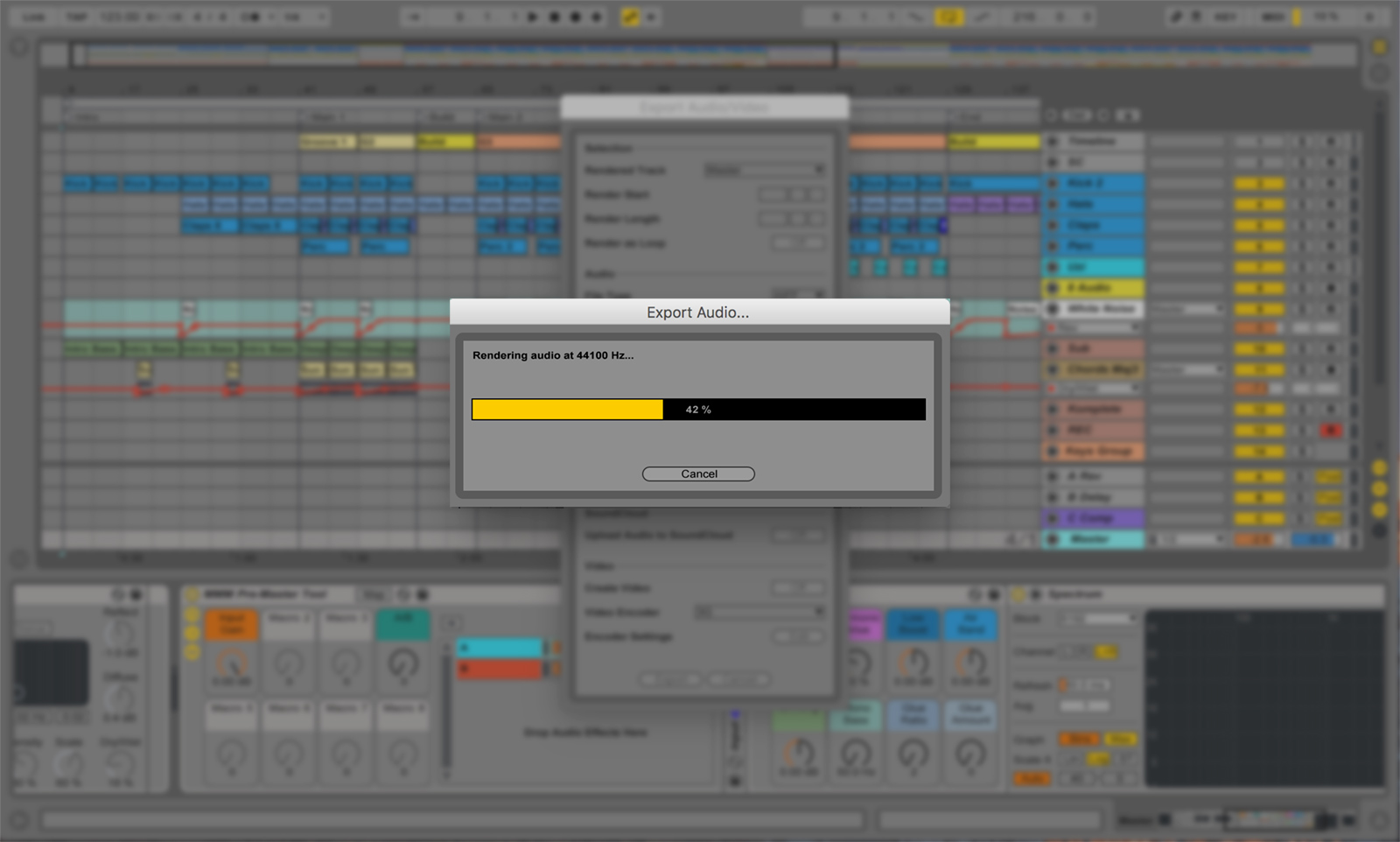Lego Blocks as Song Structures
Have your productions become a bit predictable lately? To stand out as an artist/producer you have to create music that is unique. So much of electronic is structured around a repeating 4/4 pattern, which means it’s really important to create surprising sounds and unique arrangements that keep your track interesting. How do we do that?
I’m going to share a simple way to create a real and true sense of spontaneity into your music making that you might not have considered before. *this is a pro-tip you can use right away to bring a little magic into your tunes.
Before I get into that I want to share the backstory. Recently my son and I were building structures with legos and I noticed the colours and patterns we made together looked exactly like a track in Ableton’s arranger view. When I worked on my album Intra, I had created a few rules and challenges during the recording process and one of them was to work visually with the blocks (or clips). Initially each song would be recorded live but afterwards I would chop the blocks into smaller blocks and start sculpting the others around each one depending on the rule I had set out for that song.
The result of this meant that my Ableton arrangement soon needed to also be visually appealing and organized. This brought some results:
- Unexpected results. If you work with a visual based reference for assembling your blocks, you might discover new ways of making your sounds evolve in a visual chaos that is also a form of organization.
- Cleaner transition. Putting your blocks together can help making your transitions smoother as you can really put attention to a sequence of sounds, and the grid. I know you’re probably already using the grid, but perhaps you have never paid attention to how your transitions happen. If you pay more attention to your block order, you might observe patterns that are more efficient.
- Logical progression. Using coloured blocks is really helpful to organzine big projects. People use it to identify where the verse, chorus, buildups are, and you can use that same approach.
At this point, you may be wondering if this technique will really make a big difference in your productions. I can say with confidence that creating rules to apply to your arrangements can have huge benefits. Try it on your next production.
Song structures like Lego blocks. A simple technique like this can open the door to something great and surprising when you’re tired of the mechanical feeling in your tracks.
Here’s a few tips on how you can approach your arrangements with this new perspective.
- Define yourself some rules. This is really for inducing fun and making your own music interesting. Think about using rules such as, “every 4 blocks, make a change” or “never leave a hole with a smaller block in the upper channel.” There’s no good or wrong way to do this but the more you give yourself a solid set of rules, the better and faster the workflow.
- Avoid clean blocks organization. When I work with students, I often see their final arrangements to be looking very simple, very clean and to me, this automatically make their music highly predictable, mechanical, soul-less and out-of-the-box feeling.
I find that electronic music is already heavily subject to a machine feel and I value doing anything that can go against that. I find breaking your blocks and messing up the arrangements is an absolute must.
TIP: Try to chop off your blocks where all the others start or end, create little offsets, and create holes in the blocks from time to time. This mutes and removes sounds so that when they are back the sound will feel welcomed and unexpected. Sometimes to appreciate a sound better you need to remove it for a while.
3. Work from bottom to top
Arrange your lower sounds from the bottom up and higher one’s up in the order. Visually it will often create a pyramid-like structure that is interesting to move around and modify.
4. Use patterns as a mosaic.
One thing I like a lot is to create a sequence of blocks and then repeat it. I will revise variations later on based on mathematical formula or ratio aspect. I try to see where this block will fall if I repeat it 4 times, in parallel to this sequence repeated 5 times. Sometimes this helps create a moment I would have never thought of, at around 2/3 of the track.
5. Give your clips room to breathe. When consolidating your clips (Use cmd+j) leave empty space before or after in the clip. The lack of sound in your clips allow space for other sounds to be heard, which you likely already do, however launching clips with silence built in will help make your arrangement more unpredictable and interesting.
The takeaway – Once you begin to apply structural shifts and apply rules to your productions your music will definitely begin to sound more interesting. Arranging your tracks by rules will force you to make adjustments you likely wouldn’t have made yourself. Another huge benefit you’ll find in working this way is speed – using pre-defined rules will take away much of the time consuming guess work in creating key differences in your productions, which makes it faster to finish your tracks, and have more people hear your music. Win-win.
As always feel free to leave a comment with me below if you like the ideas in this post. I want to hear what music you’ve been working on using any of the techniques I’ve shared with you here, and look forward to hearing those soon!
JP.
SEE ALSO : Finishing Your Projects


















Another great read! Thanks for the tips Pheek!